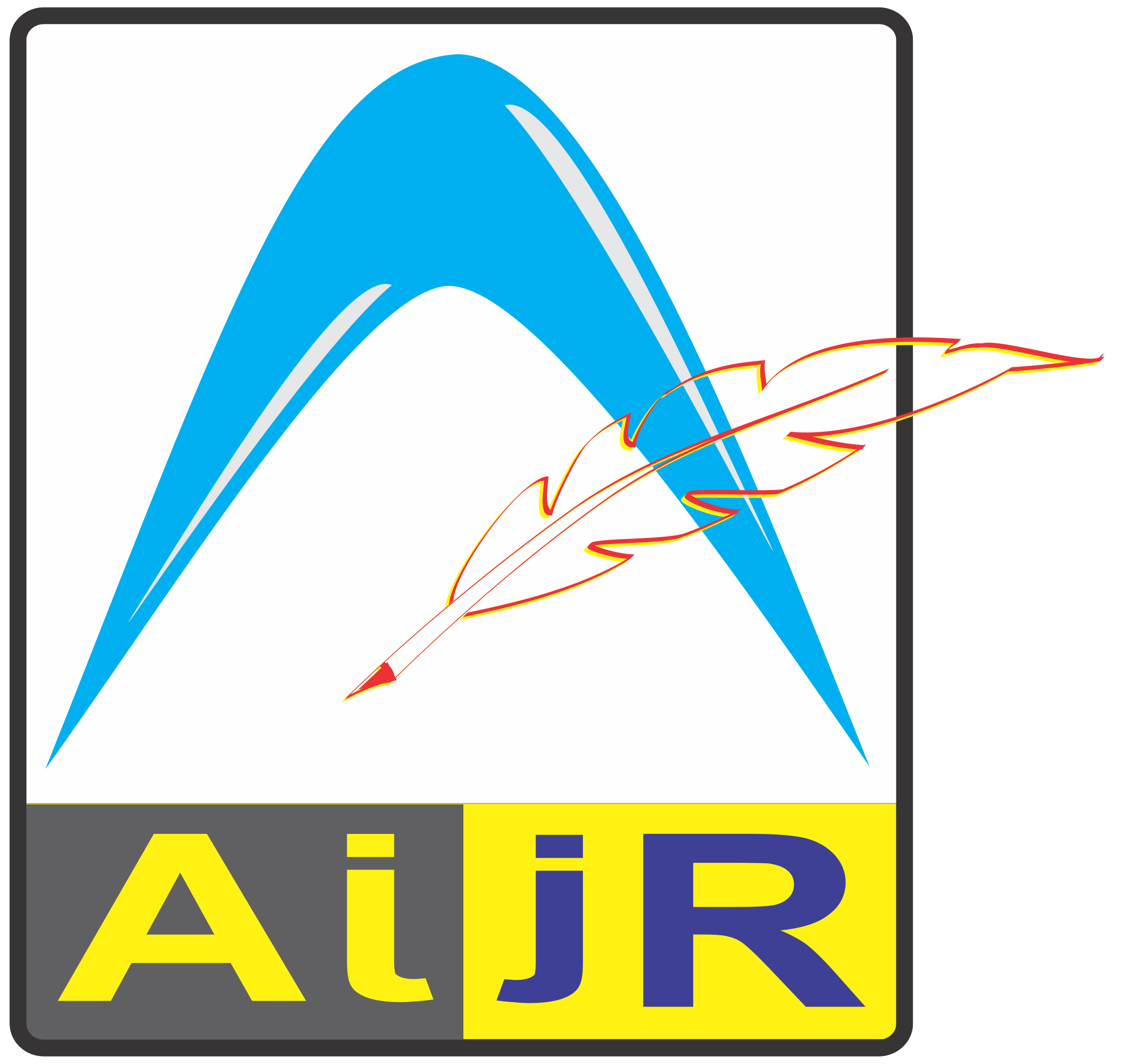Peer-reviewing of the Proceedings
Peer-reviewing of the Proceedings ensures the exclusion of poorly written articles. Compared with journals, proceedings can publish a much wider range of articles, providing scope and opportunity to create comprehensive proceedings volumes. In addition to original research manuscripts, AIJR Proceedings welcomes reviews or other works that provide useful summaries, background information, or introductions to specific fields of research. Although proceedings include a broader range of article types, they should not include poor quality or inferior work that is fundamentally unworthy of publication.
Why is Peer-reviewing of the Proceedings required?
AIJR Publisher understands the nature and purpose of conference proceedings and their essential role within the field of scientific communication. We encourage you to provide proceedings containing articles that can be read and cited with confidence. To achieve this goal, proceedings editors are expected to undertake an appropriate peer-review process.
Reviewing Guideline for Volume Editors
Conference organizers and editors are free to select their reviewers, but all reviewers must be suitably qualified experts in the field. All reviews must be conducted according to the standard norms and expectations of an ethical review process. A robust peer-review process will reflect the quality of the published proceedings, providing recognition of the editors’ work and enhancing the value of your proceedings to abstracting and indexing services.
We ask all editors and associated referees to evaluate each manuscript in view of technical and contribution both according to the following minimum criteria.
1. Technical Review
The manuscript should include the major elements of an article such as; Title, Abstract, Keywords, Introduction, Methodology, Results, Discussion, Conclusion, References, etc. The following consideration may be useful for volume editors and referees-
- The Title should be adequate and unique to describe the article such that reading it alone would convey the nature and content.
- The author’s name, affiliation, and email ids are properly written, and the corresponding author has clearly been indicated by putting * mark. Author’s title (Dr. Prof. …), academic degree (Ph.D., M.D., student…) and designation (Professor, Engineer, Specialist…..) shall be omitted.
- Abstract within 300 words by focusing on objective, methodology, and key results which must convey enough understanding when reading in isolation from the paper.
- Keywords should be specific to the content and not more than 3 keywords.
- Each heading/subheading shall be numbered sequentially.
- An extensive literature review with recent development in the field is available. The literature review must be written in a narrative style that shall focus on the argument made by the author, and compare the research literature from an analytical point of view. It should not be summarised on the basis of one reference per paragraph.
- The article is clear and concise, containing well-expressed ideas which should be readable and understandable by its intended readers.
- Figures and tables should be properly numbered with a descriptive title (caption) and must be explained within the text by referring to the corresponding figure/table number.
- All images should be in high resolution without any blurry or distorted appearance.
- Tables must be drawn using the table tool and shall not be embedded in image format.
- Equations/symbols in the article should be written using the equation tool (equations shall not be in image format).
- References are properly cited within the text and listed with valid & consistent formatting. The citations shall be accurate that support the statement made in the manuscript and should not misrepresent another work by citing it. Further, sufficient recent references shall be available.
- Have reasonable and concise conclusions by focusing on the major outcome presented, or ideas/concepts discussed, its limitation, novelty, and recommendation.
- The article uses correct and simple English; conveying the science and intent/meaning or purpose.
- A conflict of interest statement is included at the end of the manuscript.
2. Contribution Review
Volume editor/reviewer should ask if the publication of the article will make a positive contribution to the scientific literature. An article’s contribution can have the following attributes-
- The manuscript should be an original article that has not been published previously in refereed publication and solely be the work of the stated authors.
- New explanations of familiar topics.
- Excellent descriptions or explanations of complex subjects.
- Critical review articles with appropriate recommendations to set a new direction.
- Useful or interesting background information and recent development in the field.
- Have merit and uses valid methodology by maintaining its consistency as well as accuracy.
References
References may depend on the type of article; however, here are some general points you may like to consider-
- Do the references look appropriate for the topic? Are key papers included that you would expect to see?
- Is the distribution of journals and publications cited, and the age of the citations, appropriate?
- Have recent references been considered to demonstrate that the author is aware of current and key research in their field?
- Do citations seem unrelated? Any unread sources must not be cited in the article. The citations shall be accurate that support the statement made in the manuscript and should not misrepresent another work by citing it.
- Do citation seems excessive self-citation or solely from one author or publication? Moreover citing one’s own friends’, peers’, or institution’s unrelated publications is considered inappropriate.
- Does the author use an excessive number of citations to support a single point? A bunch of citations for a single sentence shall not be included in the article.
The manuscript should be reviewed in both aspects (technical and contribution) as described above. Poorly written papers will be returned for re-writing or will be rejected if found unsatisfactory improvements.
